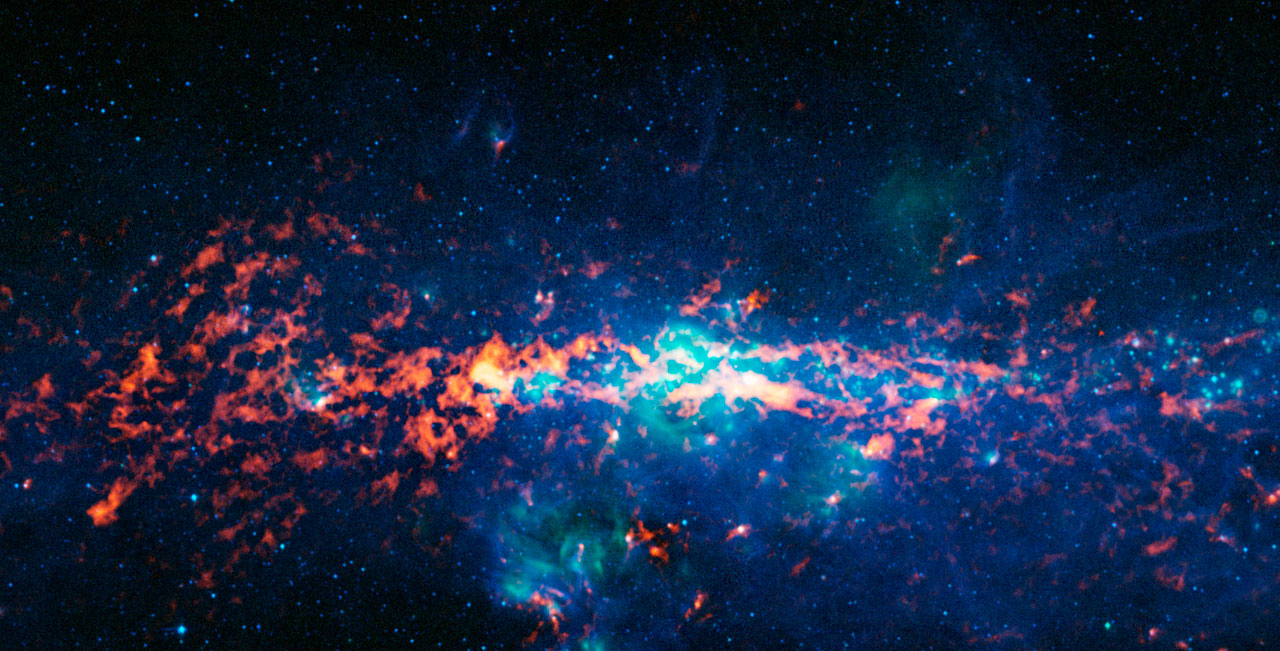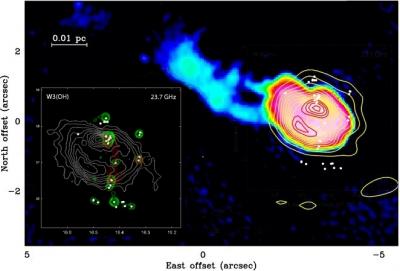At a distance of 10 thousand light-years from the Earth there is a huge cloud of alcohol. The cloud found near the constellation of Aquila is 1000 times the diameter of the Solar System. It contains 400 quintillion liters of alcohol. To absorb such a volume, everyone would need to consume 300 thousand liters of alcohol daily for a billion years. It sounds very attractive, but there are two serious obstacles: distance and suitability for use.

Unfortunately, the Sagittarius B2 cloud is located at a distance of 100 quadrillion kilometers. The second unpleasant news is that you cannot drink this alcohol, because it consists mainly of methanol, which is dangerous for consumption: on Earth it is used in antifreeze and windscreen liquid, and 100 grams of such a drink can deprive you of vision, and in large volumes even life. Moreover, in a cosmic cloud stretching 488 billion kilometers, there are 32 different chemicals, some of which are deadly to humans: carbon monoxide, prussic acid and ammonia.
Of course, methanol is harmful, but its discovery in the interstellar cloud is encouraging. These clouds can provide astronomers with important information about the formation of stars. Alcohol is also an organic substance, an integral part of living organisms. Barry Turner of the National Radio Astronomy Observatory claims that these alcohol clouds can “help us better understand how life can evolve in the universe”.

The Sagittarius B2 interstellar cloud was discovered in 1995. But recent observations have helped to discover another interesting fact for science: scientists were able to reproduce its smell and taste. The cloud contains ethyl formate, an ester that gives a raspberry flavor and, as astronomers say, it smells like rum. Therefore, it seems that these cosmic spirits may have a taste and aroma similar to raspberry rum.
Earlier we reported on how laughing gas can be a sign of life on distant planets.
According to Physics Astronomy
Follow us on Twitter to get the most interesting space news in time
https://twitter.com/ust_magazine
